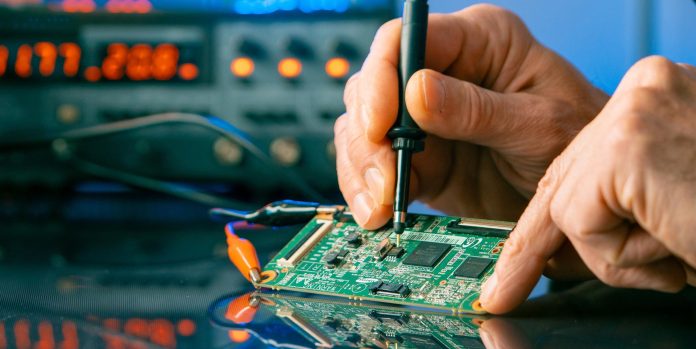India seems to be adjusting its stance toward Chinese investment within the electronics manufacturing space. Government actions indicate a willingness to adopt a flexible and pragmatic posture, weighing both geopolitical and economic concerns.
Change in Engagement Strategy:
China continues to dominate the electronics supply chain globally, engaging in nearly 60% of worldwide electronics manufacturing activities. Under this recognition of interdependence on each other, India seems to be reconsidering its previous hardline approach to allow for strategic collaboration in industries of key importance.
Recent events, namely the restoration of tourist visas for the two countries and diplomatic engagement, have pointed toward a potential gradual thawing of bilateral relations. And this softening of relations on the diplomatic front seems to be reflected now on the industrial policy side, especially for electronics, where global collaboration matters.
The Dixon-Longcheer Deal:
The government turned its gaze onto this matter after it approved the joint venture between Dixon Technologies, a major domestic manufacturer, and Longcheer Intelligence, a Chinese ODM. The agreement states that Longcheer will own 26 percent of the business and Dixon will maintain controlling control. This framework reflects India’s intention to engage with Chinese companies through closely monitored minority-stake agreements.
Following this approval, it is understood that several other Indian electronics companies have developed a keen interest in forming similar joint ventures with Chinese technology partners.
Focus on Value Addition and Technology Transfer
According to the Indian government, Chinese investments will be allowed only if there is significant technology transfer involved and not mere low-level assembly operations. The Ministry of Electronics and IT (MeitY) stated that such collaborations should factor in the improvement of domestic capabilities and local value addition.
Proposal of Policy Reforms
In an attempt to ease out the process and bring down red tape, the NITI Aayog, India’s think tank, has recommended allowing up to 24% foreign direct investment (FDI) by Chinese firms in Indian electronics companies without requiring stringent multi-agency approvals. As these recommendations are being examined, MeitY officials have stated their support for them, citing their importance in attracting high-tech investments without endangering national security.
India is enjoying a window of opportunity with global dynamics undergoing shifts. With U.S. trade policy being uncertain and a reorientation on global supply chains, India seeks to be an important destination for electronics manufacturing. Strategic engagement with select Chinese firms would hasten the process of technology absorption at the component stage and create employment.
Indian leadership, meanwhile, continues to stress that such flexibility will be limited in scope, transparent, and oriented around the national interest. Any lifting of restrictions will be closely scrutinized with country-level mechanisms put in place to ensure that the long-term technological sovereignty and security of the country will not be jeopardized.
Conclusion:
Changing economic realities and investment in China in electronics by India show it as having an evolving approach toward becoming a true manufacturing center. This new stage of pragmatic economic engagement is characterized by an investment model that is more technology-focused and selective.








